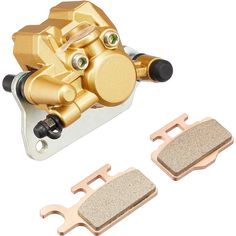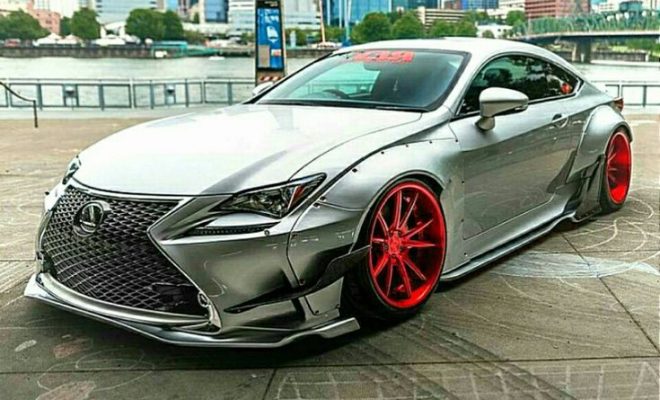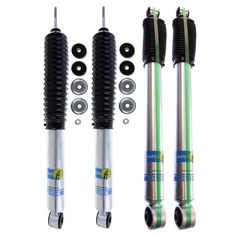Best and Worst – Four Wheel Trends

The automotive industry is constantly evolving, with car manufacturers striving to innovate and stand out in a crowded market. This forward march leads to both break-through trends and unfortunate fads that can leave consumers either excited or bewildered. Here we will delve into some of the best and worst four-wheel trends that have emerged.
Best Trends:
1. Electric Vehicles (EVs): The push towards greener, more sustainable modes of transportation has led to the rise of EVs. With advancements in battery technology and a wider range of models now available, EVs are more accessible and practical than ever.
2. Autonomous Safety Features: Features like adaptive cruise control, automatic emergency braking, and lane-keep assist are becoming standard in new cars. These not only make driving safer but are stepping stones towards fully autonomous vehicles.
3. Connectivity: Modern cars offer a high level of connectivity that integrates smartphones with the vehicle’s infotainment system. Through apps like Apple CarPlay and Android Auto, drivers can safely use navigation, stream music, and send messages.
4. SUV and Crossover Popularity: Consumers have spoken loud and clear, showing their preference for the higher seating position, greater cargo space, and perceived safety offered by SUVs and crossovers.
Worst Trends:
1. Oversized Grilles:In an attempt to create a distinctive brand identity, some manufacturers have adopted overly large front grilles that dominate the vehicle’s facade, often resulting in polarizing aesthetics that compromise classiness for conspicuousness.
2. Elimination of Sedans: As automakers cater to the booming SUV market, many are phasing out sedans from their lineups. This eliminates options for those who prefer the traditional sedan’s handling and fuel efficiency.
3. Overly Complicated Infotainment Systems: While connectivity is important, some carmakers have introduced infotainment systems so complex they can be distracting and difficult to navigate while driving.
4. Fake Exhaust Ports: Ceremonial exhaust tips that aren’t actually connected to the exhaust system serve no purpose other than to give an illusion of power or performance which often doesn’t match reality.
As consumers continue to navigate through these trends, it’s clear that functionality and sustainability remain paramount for future successes in the automotive world – a reminder that sometimes less is indeed more when it comes to designing the next generation of vehicles.






